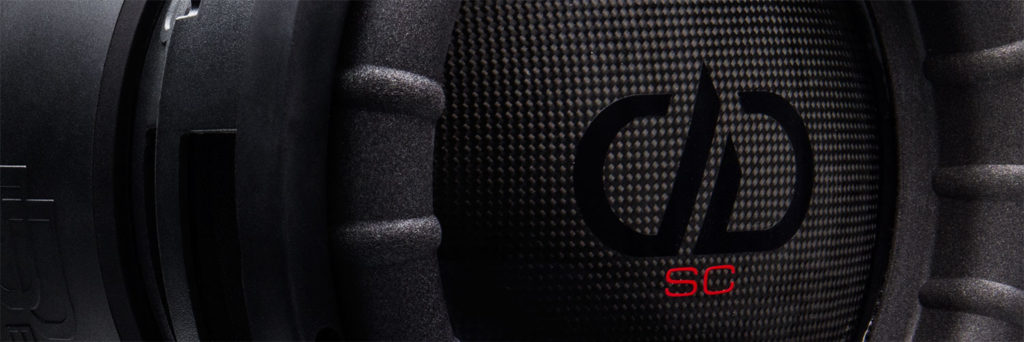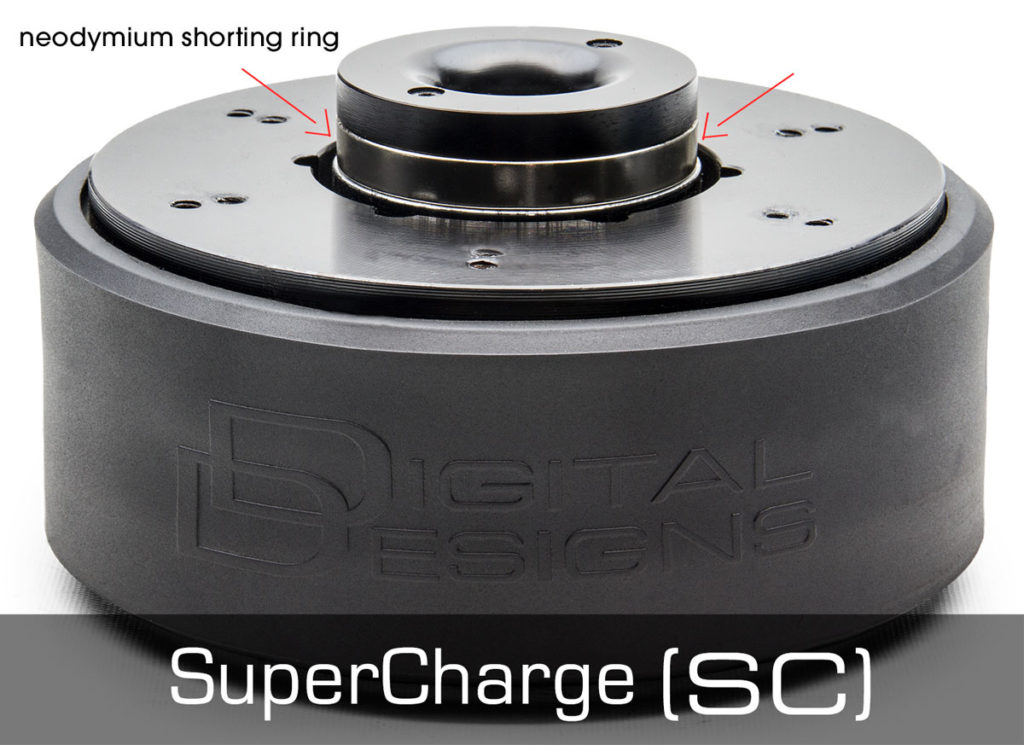SuperCharged (SC) Flux Catapults

This article was originally published in 2016, and while it got a lot of reads, there are still regular questions about SuperCharging for DD subs. So let us revisit the origins of this power booster, and answer the primary questions.
It has been some time since we introduced the world to SuperCharging (SC). The idea came from a natural occurring phenomenon that was discovered when a rare earth magnet vein running under the Nikiska Olympic 90 meter ski jump hill mysteriously assisted jumpers using ferrous metal ski bindings by catapulting them off the end of the jump at about 147 mph. Luckily there was a pond nearby to catch them.
DD harnessed this flux capitulation as a viable subwoofer enhancement option offering another variation of the high energy motors developed during our Z research.
This custom option has become a valuable tool for many of our customers when ultimate subwoofer control is desired for their install application. A SuperCharged sub presents sharper impacts and crisper details, complex bass lines are followed with higher accuracy, and over all dynamics are tracked with higher precision when compared to the same sub without a supercharging option. Simply put, with the SC option you will hear even tighter and cleaner bass throughout the power bandwidth.
All that being said, there is still some confusion as to what SuperCharging actually does? Here’s a quick rundown that might help to answer some of the F.A.Q when it comes to this mysterious woofer magic.
Q: What exactly is SuperCharging?
A: By adding a custom formed neodymium shorting ring on top of a flush cut pole piece, opposing polarity side down, you redirect otherwise lost magnetic energy into the voice coil gap. This increases the usable motor strength by 20-25% allowing smaller, lighter motors to equal the drive energy of larger motors.

Q: If I run TS parameters on a SuperCharged sub and plug them into my box building program, why does it say the bass performance will be worse than a standard build DD sub?
A: Most box modeling programs extrapolate data via algorithms that originated when power amplifiers were much smaller and transducers were designed for living rooms where most listening was done at 1-5 watts of power. These programs see the increased motor energy and show decreased bass due to more control on the voice coil movements. Per these models, too much damping on the coil puts the brakes on low frequency.
In today’s systems, the amplifier power dominates the system response, the resulting high forces generated are more and more difficult to control. Our real world, in car testing, at real world listening levels, showed that overdamped systems, where the suspension and motor are working together to have tighter control, allow the cone to follow the original source signal with higher accuracy. Traditional systems that look good on the modeling programs would lose control at real world power levels and lose track the original source.
Q: Were any Olympians actually injured off the 90 meter hill?
A: No, Several pairs of skis were never seen again, and despite reports to the contrary, no Bull Trout, the official Alberta Province fish, were injured by the flying jumpers, as these fish are not native to Kovach Pond.

Image credit: outsmartfishing.com
Q: Can I run more power to a SuperCharged sub?
A: No, you may not be able to run more total power but you may hear cleaner output at these higher levels. SuperCharged subs will use the power you give them more efficiently, but you still have the same heat dissipation and the same voice coil surface area. This means the power handling will remain the same as a standard build sub.
Q: Will I instantly get a higher SPL score by adding the SC option to my subs.
A: No, but people will like you better. SuperCharging is intended for improving the audible clarity of the your substage, not for an increase in measurable output. However, as a byproduct of the stronger motor( higher total BL product), some customers achieve gains by adding the option. This will depend on the variables of your specific application.
Watch a video demonstration below of the DD SuperCharge Option.
0 Comments